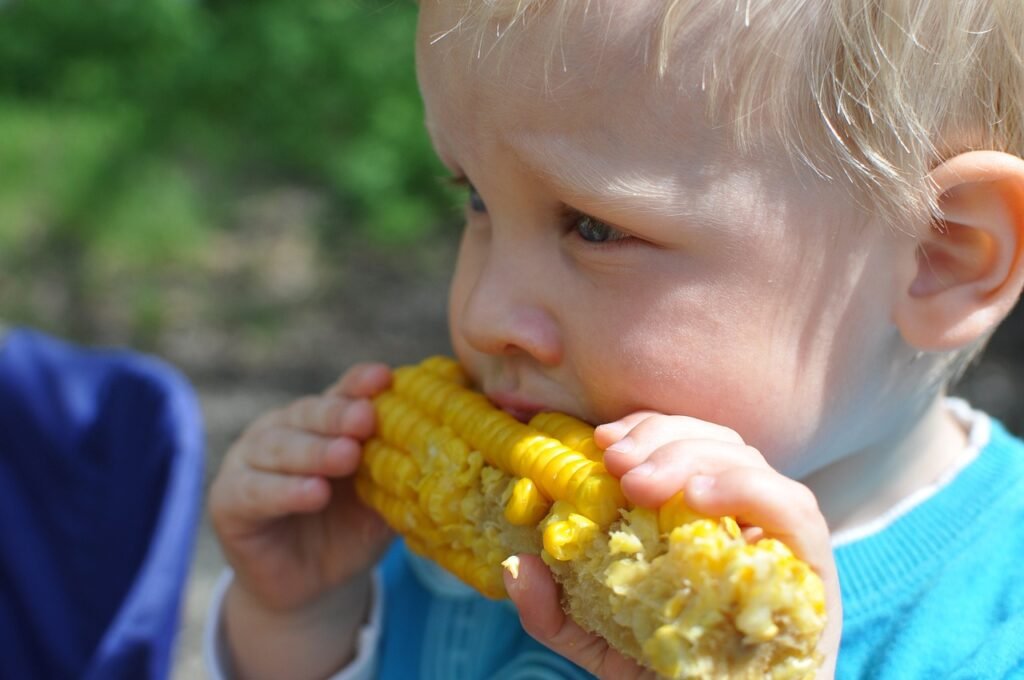
In the quiet corners of our world, behind closed doors, a tragic story unfolds – the untold tale of child mortality caused by resource insufficiency. This hidden crisis demands our attention, requiring us to lift the veil on the harsh realities affecting the most vulnerable members of our global community.
The Veiled Crisis: Child Mortality Flourishing Unseen
Child mortality caused by resource insufficiency often flourishes unseen, hidden from the public eye. Understanding the nuances of this veiled crisis is essential to confront the silent epidemic that affects the future of our societies.
Silent Victims: Children Bearing the Brunt of Resource Insufficiency
Children, the silent victims, bear the disproportionate burden of resource insufficiency. The impact on their health and survival is profound, underscoring the urgent need to prioritize their well-being.
In the Shadows: Unraveling the Connection Between Resource Insufficiency and Child Mortality
Unraveling the intricate link between resource insufficiency and the alarming rise in child deaths requires a closer look. Understanding the nuanced factors contributing to this hidden crisis is crucial for formulating effective solutions.
Hidden Hunger: Malnutrition’s Devastating Grip on Young Lives
Resource insufficiency contributes to hidden hunger, with malnutrition taking a devastating grip on young lives. Exploring the long-term consequences sheds light on the urgency of addressing this silent threat to child health and mortality.
Denied Lifelines: Healthcare Challenges in Resource-Scarce Environments
Healthcare challenges within regions grappling with resource insufficiency deny essential lifelines to children. Analyzing these challenges highlights the direct impact on child mortality rates and the preventable loss of precious lives.
Parched Futures: Water Scarcity and Its Stealthy Assault on Child Survival
Water scarcity, often a companion of resource insufficiency, stealthily assaults child survival. Recognizing the severe consequences underscores the fundamental need for accessible water supply and sanitation in safeguarding child well-being.
Breaking the Chains: Empowering Through Education to Combat Child Mortality
Education emerges as a powerful tool in breaking the cycle of resource insufficiency and child mortality. Advocating for awareness campaigns becomes crucial in promoting education and uplifting communities.
Rays of Hope: Success Stories and Interventions Illuminating the Darkness
Despite the challenges, there are instances where interventions have positively impacted child survival in resource-scarce regions. Showcasing these success stories becomes a beacon of hope, offering inspiration for broader implementation.
A Unified Front: Governmental and NGO Initiatives Against Child Mortality
Governments and non-governmental organizations play pivotal roles in combatting child mortality caused by resource insufficiency. Understanding their roles and the significance of collaborative efforts strengthens the united front against this silent crisis.
Sustainable Illumination: Solutions to Lift the Veil on Child Mortality
Temporary fixes fall short; sustainable solutions are imperative to address resource insufficiency and enhance child survival. Community involvement emerges as a pivotal factor in implementing lasting change.
Technological Resurgence: Leveraging Innovation for Child Well-being
Technological advancements can bridge gaps in healthcare and resource management, offering a resurgence in child well-being. Exploring the potential for technology to positively impact child survival rates opens new avenues for progress.
Real Stories, Real Impact: Case Studies Unveiling the Unseen
Turning our attention to specific cases, we explore communities that have unveiled the untold story of child mortality caused by resource insufficiency. These real stories provide valuable lessons and inspiration for replication.
Navigating the Shadows: Overcoming Implementation Challenges
Identifying and overcoming challenges in implementing solutions to address child mortality caused by resource insufficiency is integral to success. Strategies must be devised to navigate obstacles and ensure effective implementation for lasting change.
A Glimpse into Tomorrow: Future Perspectives on Child Survival
The future of child survival hinges on our actions today. Discussing potential future scenarios if resource insufficiency persists underscores the urgency for global collaboration and proactive measures for a brighter and healthier future for children.
Conclusion
In unveiling the untold story of child mortality behind closed doors, we confront a hidden crisis that demands immediate action. It is time to shine a light on the harsh realities faced by the most vulnerable. Let us work together to create a world where every child has the opportunity to grow, thrive, and survive behind doors that open to a brighter tomorrow.
FAQs
- Why is child mortality caused by resource insufficiency often unnoticed? Child mortality caused by resource insufficiency often goes unnoticed due to its hidden nature, behind closed doors, away from the public eye.
- How do children bear the brunt of resource insufficiency? Children bear the disproportionate burden of resource insufficiency, impacting their health and survival in profound ways.
- What are the challenges in healthcare access within regions grappling with resource insufficiency? Healthcare challenges in resource-scarce environments deny essential lifelines to children, impacting child mortality rates and leading to preventable deaths.
- How can education break the cycle of resource insufficiency and child mortality? Education serves as a powerful tool in breaking the cycle of resource insufficiency and child mortality, empowering communities and promoting awareness.
- How can technology positively impact child survival rates amidst resource insufficiency? Technological advancements can bridge gaps in healthcare and resource management, offering a resurgence in child well-being and positively impacting child survival rates.